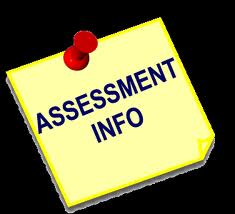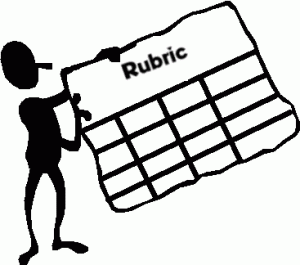Oh, last week session is very great. In this session, my beautiful lecturer, Ms. Tika invites us to THINK and DISCUSS how to make effective assessment. Why effective assessment? Because we are candidates of teacher. We aren’t given how to make effective assessment directly, but Ms. Tika elicitate us about it with gives questions and hint or clue.
Actually, to find effective assessment we have to know the condition of class, students, and students’ learning style. Besides that, before we found effective assessment we need pass through steps, and then we get AHA. As happened to Nancy story on paper which is Ms. Tika given, she has assess her students effectively after saws her students achievement. Students’ achievement represents that our/teachers’ learning methods are used effective or not. Not only Nancy’s story, but also Ms. Tika presents Devonne in teaching fraction her fourth grade. She decide how to assess her students and what method will be used after her students given pretest. Not stop until there, Ms. Tika show us a video which shows effective assessment and imagine the assessment as an iceberg. After that, we divided into several group to decide which one effective and which one ineffective in learning process.
This session gives me new perspective that learning method and assessment can’t be separated. I really happy in this session.
Ms. Tika really prepared me to be a new generation of teacher. Thank you…;)
IMAS ULFAH ALAWIYAH-2009110037_MATH_PETA_B


